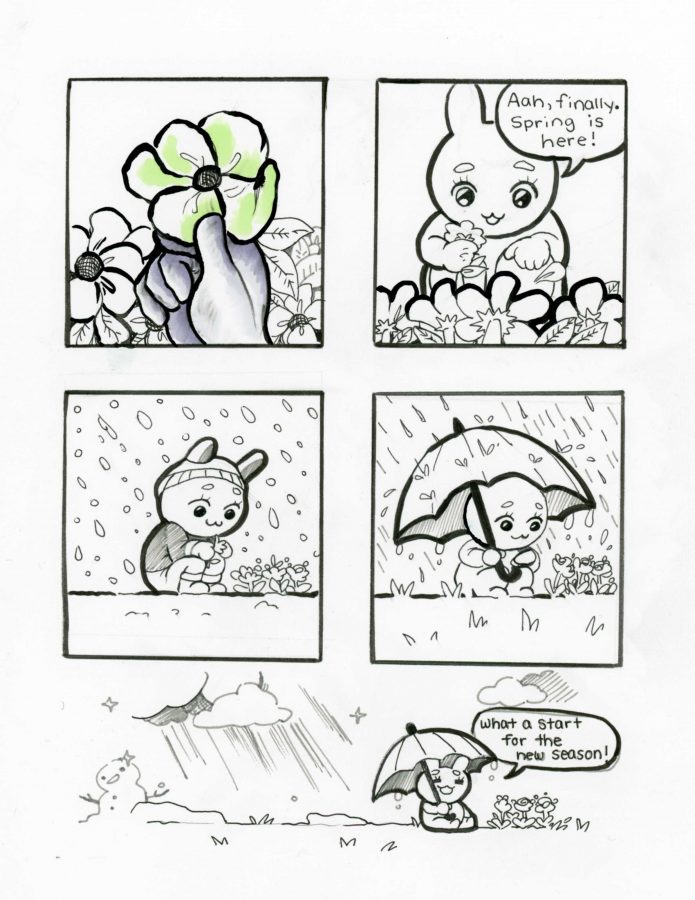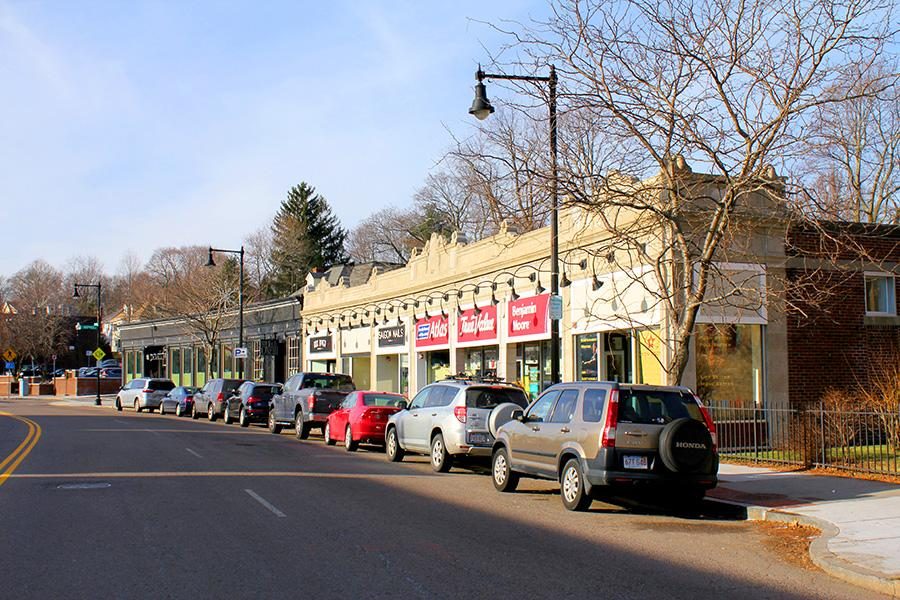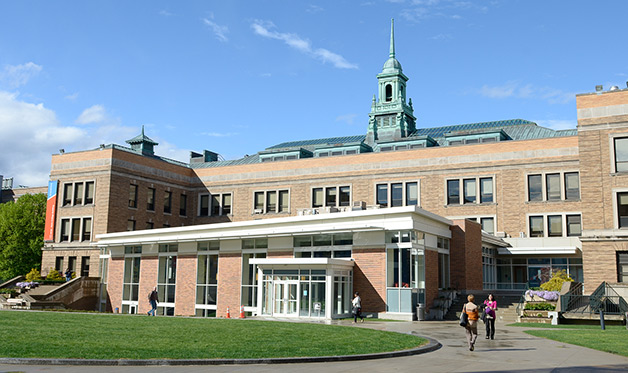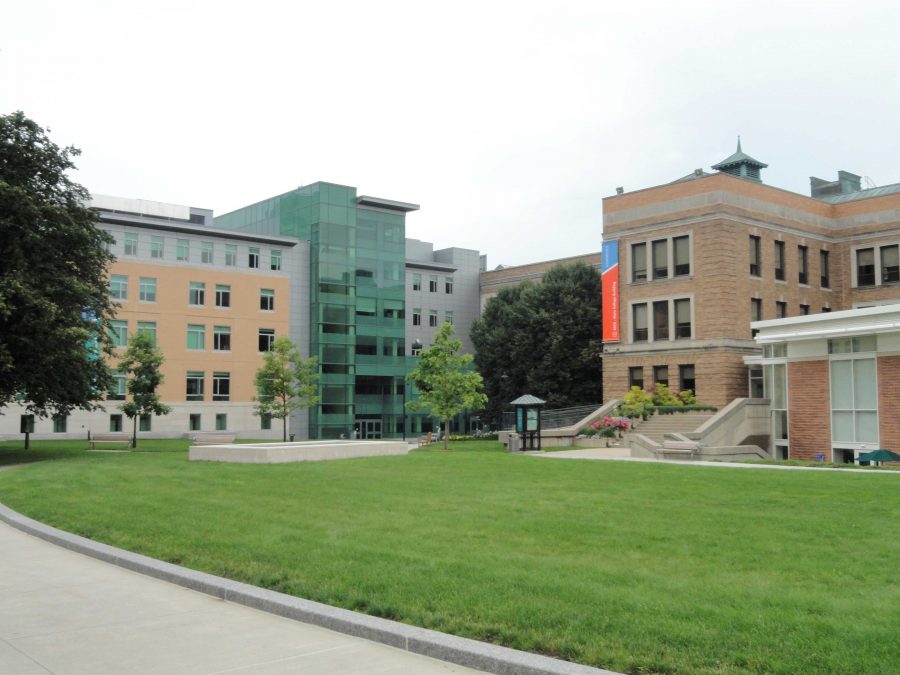By Shen Gao
Staff Writer
Recently, a team of scientists from Worcester Polytechnic Institute (WPI) successfully grew heart tissues on spinach leaves.

In response to a chronic shortage of donor organs and a need for development of artificially engineered human tissues, the team accomplished the task by stripping spinach leaves of their green plant material and seeding human cells on the structures that remained.
The process used a detergent that removed the cellular materials from the plant tissues, leaving behind the network of structures that kept the cells in place—a process known as decellularization. The thin flat piece of tissue’s already- existing vascular network provided the perfect environment to populate human endothelial cells. These cells were able to colonize then the surface of the plant vasculature—a network of blood vessels.
The team chose spinach leaves because of their abundance of vasculature that is similar to the network structure of human heart tissue. Cellulose—the structure that holds the leaf together—is a great material for lab-grown samples because of its compatibility with living tissue.
Lead researcher Joshua Gershlak says in a YouTube video that “the major limiting factor in tissue engineering the graft and getting the tissue into the clinic is the lack of vascular network. Techniques can’t fabricate microvasculature that the body needs. Without this vasculature, you lose the oxygen transport, so as you build a bigger graft, you will need something fairly large, so without this vascular network, you get a lot of tissue death.”
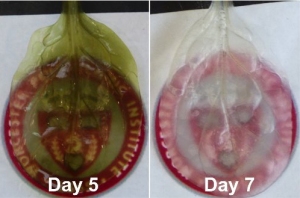
The researchers hope that they will be able to use this breakthrough for patients who have had heart attacks, where part of their heart no longer contracts. In these cases, growing cardiac muscle on the leaves and then providing a blood source can potentially, literally, sew the veins together, and replace dead heart tissues with new, contractile muscle.
Gershlak confirmed that the living cells on the spinach leaves were able to stay on and contract for long periods of time, and act like normal cardiac cells. Integrating plant-based tissues with heart tissues is still a challenge that the team is hoping to solve, but they are optimistic in future advancement based on their study.
















